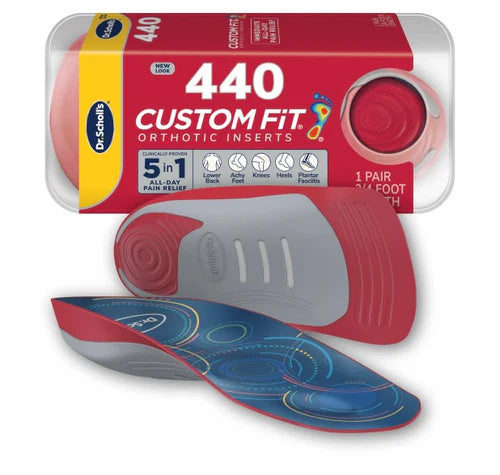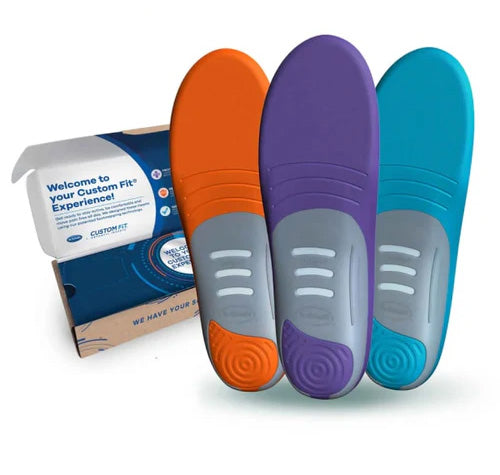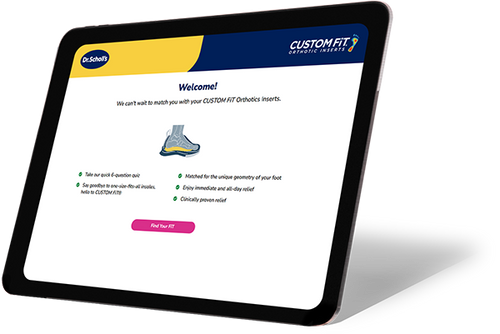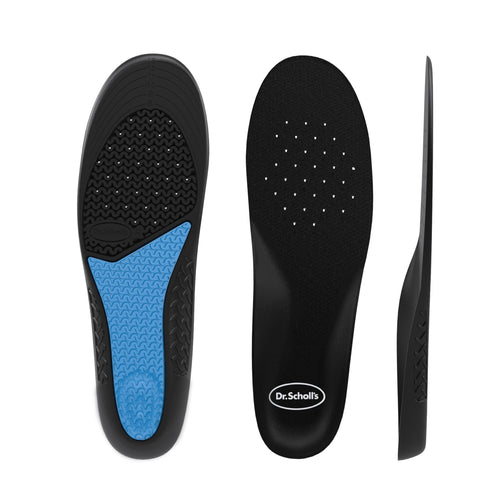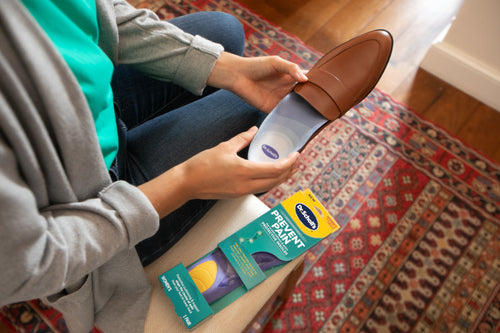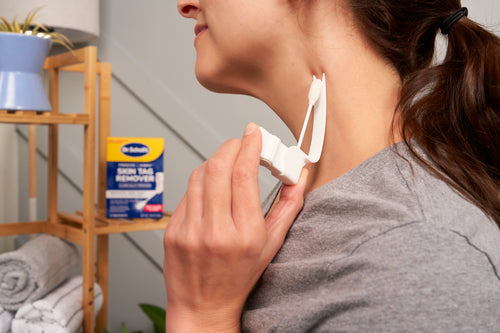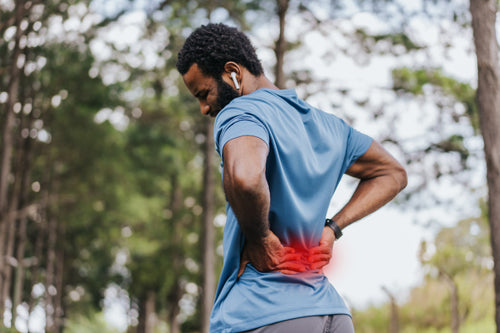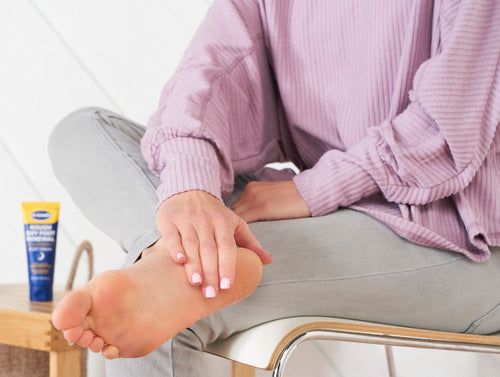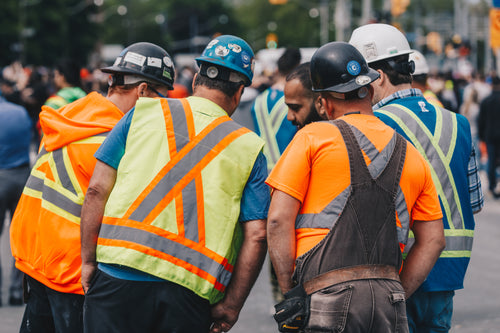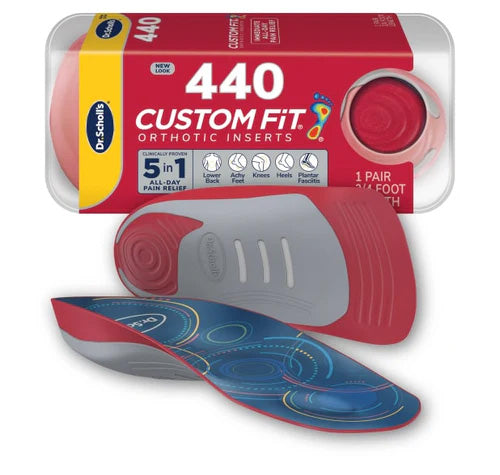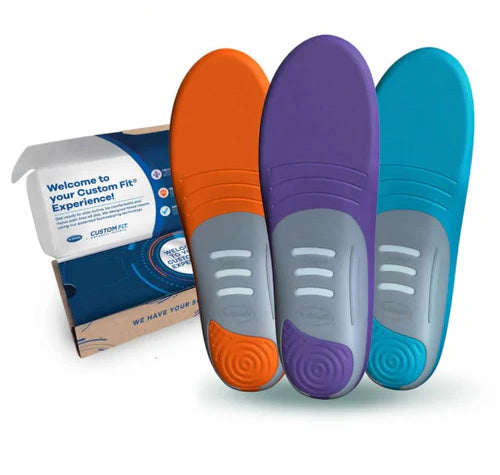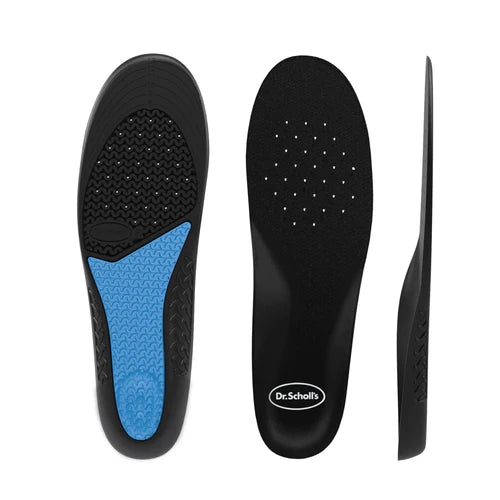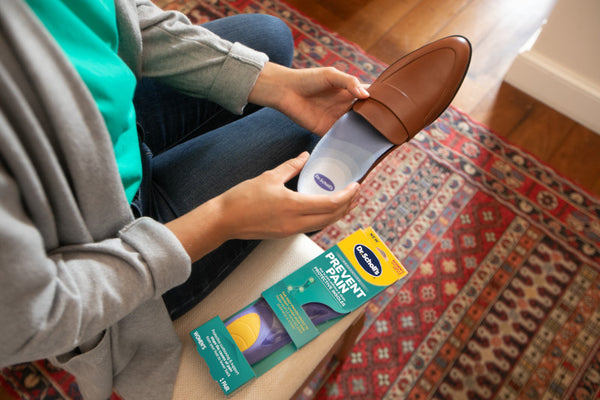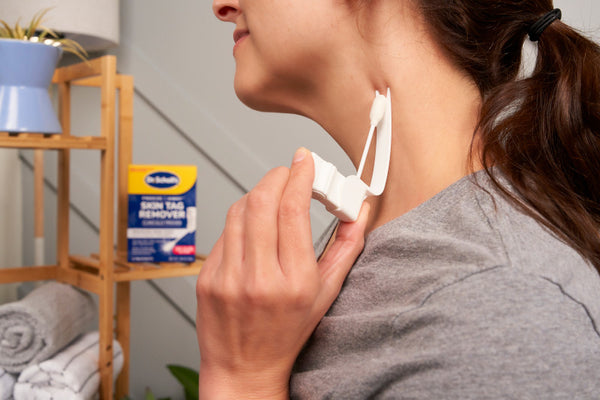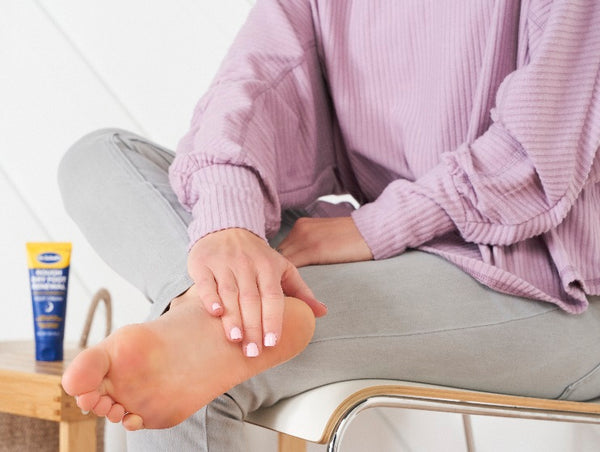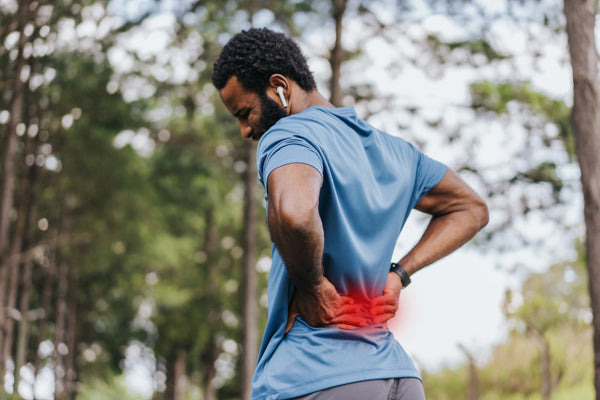Hip pain is any kind of physical discomfort or pain felt in the hip area. Hip pain may be concentrated in the hip or in the area around the hip joint.
The hip is the body’s largest ball-and-socket joint. It allows for a wide range of motion while providing balance and stability needed for the body to bare weight.
It’s common for hip issues to cause pain in neighboring areas rather than in the hip itself. Pain associated with the hip may be felt in the thigh, groin or buttocks. Some types of hip pain aren’t actually caused by issues with the hip joint itself. In some cases, the source of the pain is in the soft tissues that surround the hip joint, including tendons, muscles and ligaments.
When there are issues with the hip joint, the pain is usually concentrated inside of the hip or the groin. If the pain is due to a problem with the surrounding soft tissues, the pain is typically felt elsewhere, like the outside of the buttocks or hips, or in the upper area of the thigh. Issues with other areas of the body, such as the back, can also trigger pain in the hip area.

